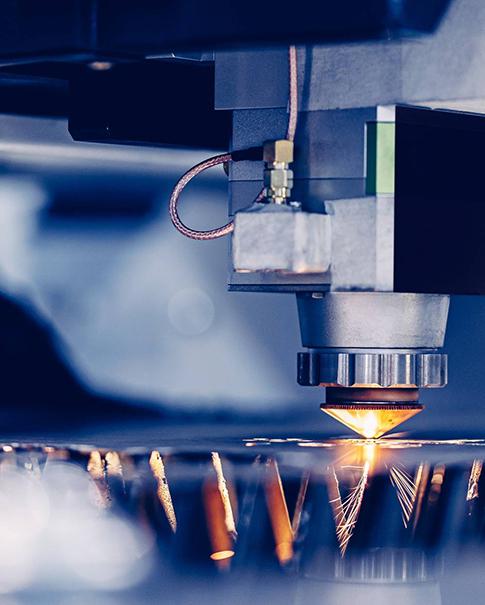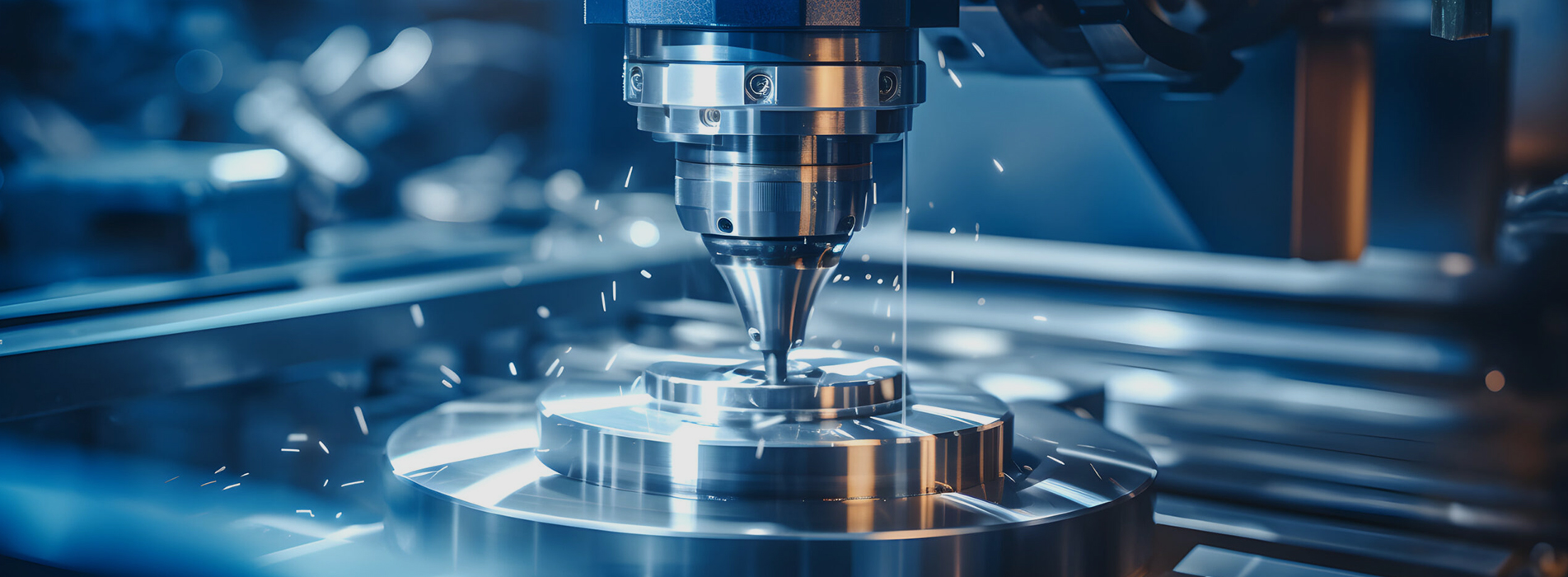Thread Milling vs. Tapping
Aug 12, 2025
Threading a hole sounds simple, until you’re deciding between thread milling and tapping. Both methods are staples in CNC machining and manual operations, but they serve different purposes, machines, and tolerances. Whether you're threading aluminum, stainless steel, or titanium, choosing the wrong method can mean broken tools, scrapped parts, or wasted hours.
Let’s break down the real differences between thread milling vs tapping, when to use one over the other, and how to choose the right tool for your part.
What is Tapping?
Tapping is the traditional method of creating internal threads by driving a tap, a hardened cutting tool, into a pre-drilled hole. It’s fast, easy to set up, and widely used in manual and CNC operations.
There are three common types of taps:
● Hand taps – used manually with a T-handle
● Spiral point taps – best for through holes
● Spiral flute taps – best for blind holes
Taps are typically specific to one thread size and pitch, which makes them convenient but rigid in flexibility.
What is Thread Milling?
Thread milling, on the other hand, uses a rotating tool called a thread mill to cut threads with a helical interpolation motion. The tool enters the hole and follows a spiral path to form the thread, using a CNC program to control pitch and depth.
There are three types of thread mills:
● Single-point thread mills – extremely flexible for custom threads
● Multi-form thread mills – cut the full profile in one pass
● Indexable thread mills – ideal for large threads or production runs
Thread milling may require more programming and setup time, but it shines in areas tapping simply can't reach.
Thread Milling vs Tapping: Head-to-Head Comparison
Let’s stack up thread milling vs tapping in the areas that matter most:
Thread Milling and Tapping in Different Materials
When working with softer materials like aluminum or mild steel, tapping is fast and rarely problematic.
But when dealing with:
● Stainless steel
● Tool steel
● Superalloys
…thread milling provides better tool life and reduces the risk of tool breakage. This makes it a smart choice for aerospace, medical, and high-precision industries.
CNC Programming Differences
Tapping usually relies on a simple cycle (G84 for right-hand, G74 for left-hand tapping). Easy to program, minimal variables.
Thread milling, on the other hand, requires:
● Circular interpolation (G02/G03)
● Depth control
● Helix angle programming
While this adds complexity, modern CAM software and CNCs make it increasingly easier.
Tool Life and Cost Considerations
Taps wear out quickly in hard materials and can break, especially in blind holes with poor chip evacuation.
Thread mills, although more expensive upfront, last longer and are more forgiving, especially if you’re threading near the bottom of a hole. Plus, if a thread mill breaks, you typically don’t lose the entire part.
Is Thread Milling Better Than Tapping?
It depends on your application.
Tapping wins when:
● You're working in high-volume production
● Thread size and material are standard
● Speed and cost-per-hole are critical
Thread milling is better when:
● You're threading expensive or difficult materials like Inconel or titanium
● You need flexibility in thread sizes or depths
● You want to avoid breaking taps in blind holes
● You're using CNC machines capable of helical interpolation
So, is thread milling better than tapping? In terms of flexibility and safety, yes. But in terms of speed and simplicity, tapping still holds the crown for everyday work.
At KESO, we specialize in precise, reliable threaded parts, no matter the size, material, or threading method. Whether you need help programming a thread milling cycle or want bulk tapping production, we’re here to help.
Upload your design file and get a free quote here, we’ll recommend the best process for your job.
Final Word: Which One Should You Use?
Use tapping when:
● You need speed and low cost
● You’re working on large batches with consistent threads
● You have limited CNC capabilities
Use thread milling when:
● You're working with tough or expensive materials
● Flexibility, precision, and thread quality matter
● You're threading blind holes or varying thread diameters
Pro tip: If you’re threading critical parts, test both methods. A single broken tap can cost more than investing in a thread mill.















 SUBSCRIBE TO OUR NEWSLETTER
SUBSCRIBE TO OUR NEWSLETTER






